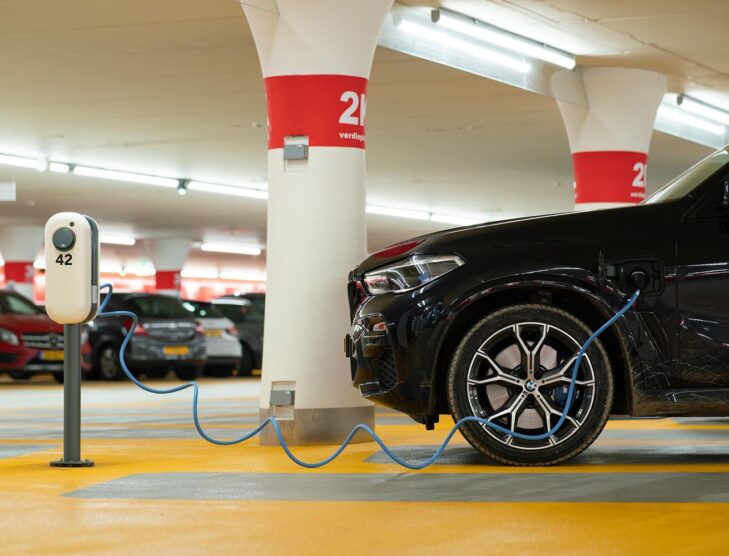
Parliament endorses zero CO2 emissions for new cars in EU in 2035
With 340 votes in favour, 279 against and 21 abstentions, the European Parliament endorsed the deal reached with the European Council in October 2022 on the revised CO2 emission performance standards for new cars and vans in line with the European Union’s (EU) increased climate ambition.
“This regulation encourages the production of zero- and low-emission vehicles. It contains an ambitious revision of the targets for 2030 and a zero-emission target for 2035, which is crucial to reach climate neutrality by 2050. These targets create clarity for the car industry and stimulate innovation and investments for car manufacturers. Purchasing and driving zero-emission cars will become cheaper for consumers and a second-hand market will emerge more quickly. It makes sustainable driving accessible to everyone,” said Rapporteur Jan Huitema (Renew, NL).
As part of the ‘Fit for 55’ package, the European Commission presented a legislative proposal to revise the CO2 emission performance standards for new passenger cars and light commercial vehicles on July 14, 2021.
The new legislation sets the path towards zero CO2 emissions for new passenger cars and light commercial vehicles in 2035—an EU fleet-wide target to reduce CO2 emissions produced by new cars and vans by 100% compared to 2021. Intermediate emissions reduction targets for 2030 are set at 55% for cars and 50% for vans.
Other key measures foreseen by the regulation:
- The European Commission will present by 2025 a methodology to assess and report data on CO2 emissions throughout the full life-cycle of cars and vans sold on the EU market, accompanied by legislative proposals where appropriate;
- By December 2026, the commission will monitor the gap between the emission limit values and the real-world fuel and energy consumption data, report on a methodology for adjusting the manufacturers’ specific CO2 emissions, and propose appropriate follow-up measures;
- Manufacturers responsible for small production volumes in a calendar year (1,000 to 10,000 new cars or 1,000 to 22,000 new vans) may be granted an exemption until the end of 2035. Those registering fewer than 1,000 new vehicles per year will continue to be exempt;
- The current zero- and low- emission vehicles (ZLEV) incentive mechanism, which rewards manufacturers that sell more such vehicles (with emissions from zero to 50g CO2/km, such as electric vehicles and well-performing plug-in hybrids) with lower CO2 emission reduction targets, will be adapted to meet expected sales trends. From 2025 to 2029, the ZLEV benchmark is set at 25% for the sales of new cars, and 17% for new vans. By 2030, the incentive will be removed;
- Every two years, starting from the end of 2025, the commission will publish a report to evaluate the progress towards zero-emission road mobility.
Following the final vote in plenary, the text will have to be formally endorsed by the Council before being published in the EU Official Journal shortly thereafter.









